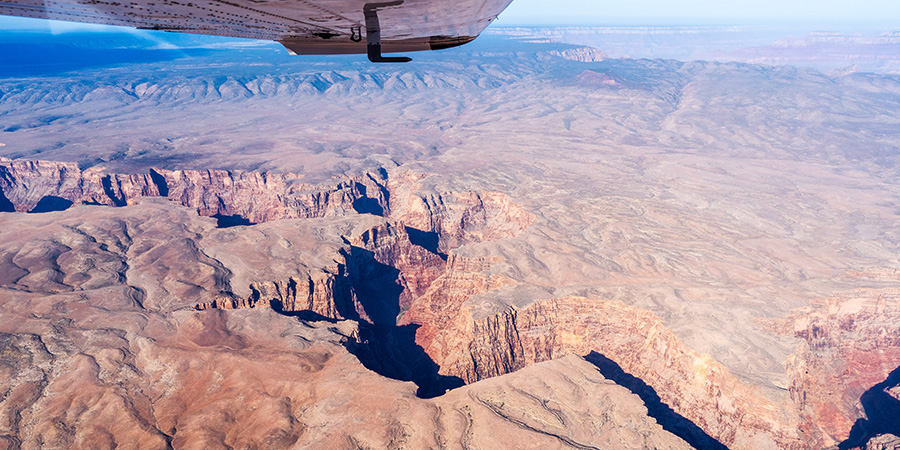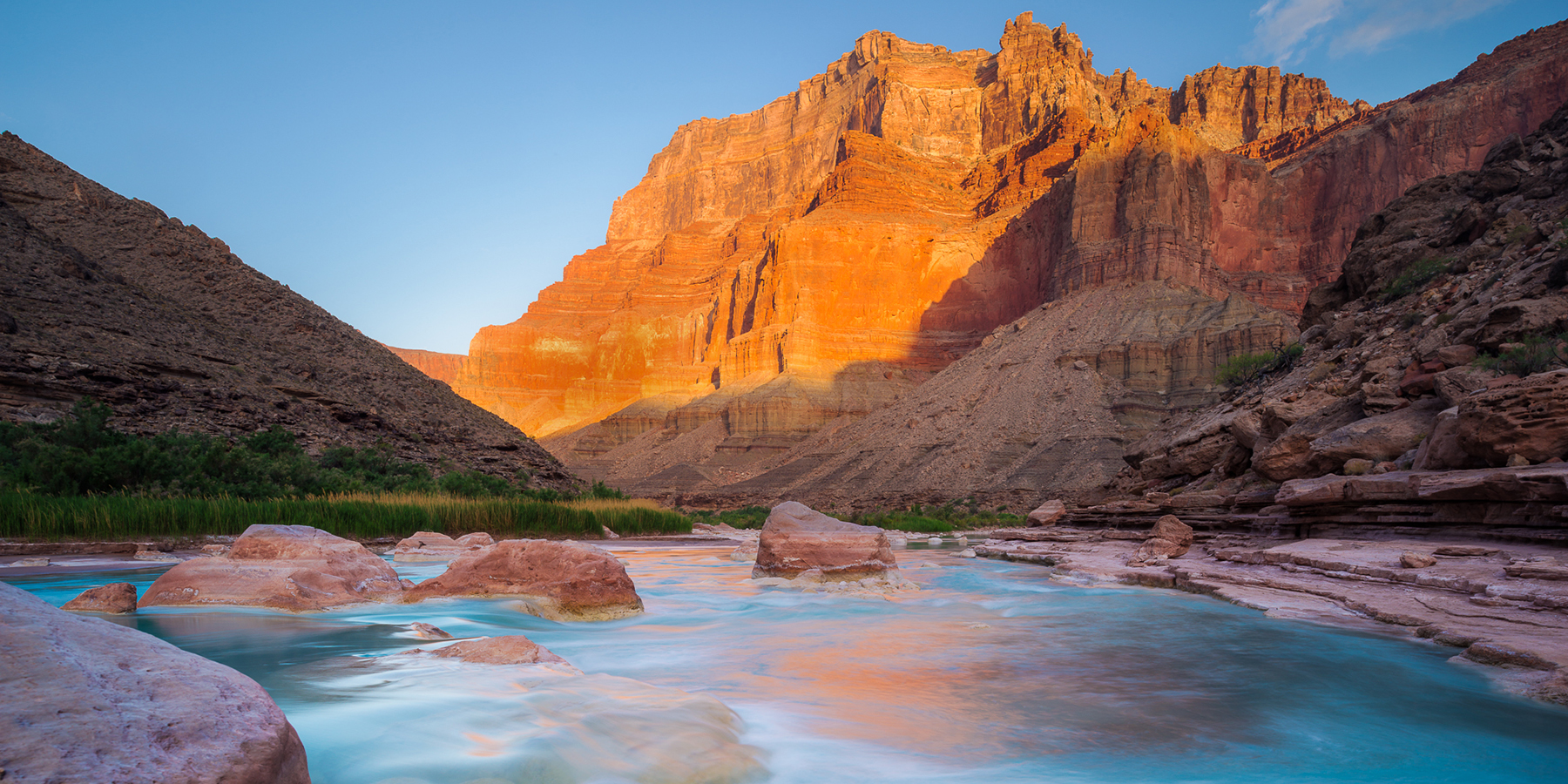
Little Colorado River Dam Proposals
Tribal consent is needed for dam proposals on tribal lands
As sovereign nations, tribes should decide what happens on their lands
But that didn’t stop a Phoenix-based developer from applying for federal permits to dam the Little Colorado River and its tributaries on Navajo Nation land.
Now, a federal policy requires tribal consent for dam projects proposed on tribal lands. Without the Navajo Nation’s support, the developer’s three Little Colorado River dam proposals have been canceled.
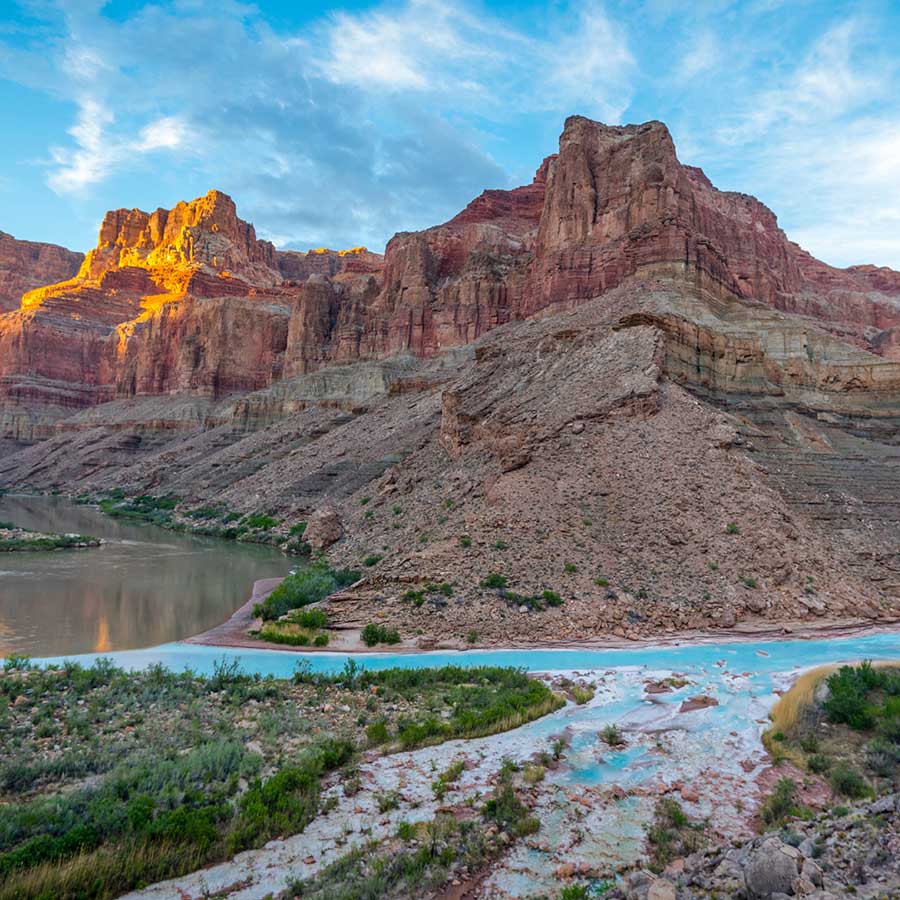
Little Colorado River Dam Proposals The backstory
Back in 2019 and 2020, a Phoenix-based developer applied for preliminary permits to build three hydroelectric projects on Navajo Nation lands without getting consent from the Navajo Nation.
These projects threatened to flood a pristine section of the Little Colorado River Gorge, muddy its distinctive turquoise-blue waters, destroy areas sacred to Native peoples, deplete precious groundwater, and threaten the habitat of the humpback chub.
Maps of the Little Colorado River dam proposals
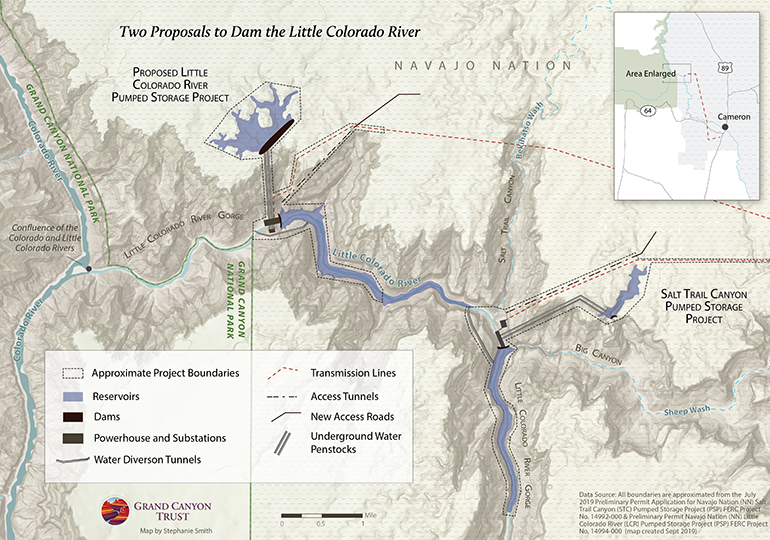
Salt Trail Canyon Project
This proposal was less than five miles from Grand Canyon National Park and included two dams, one across a canyon east of the Little Colorado River and another on the Little Colorado River itself.
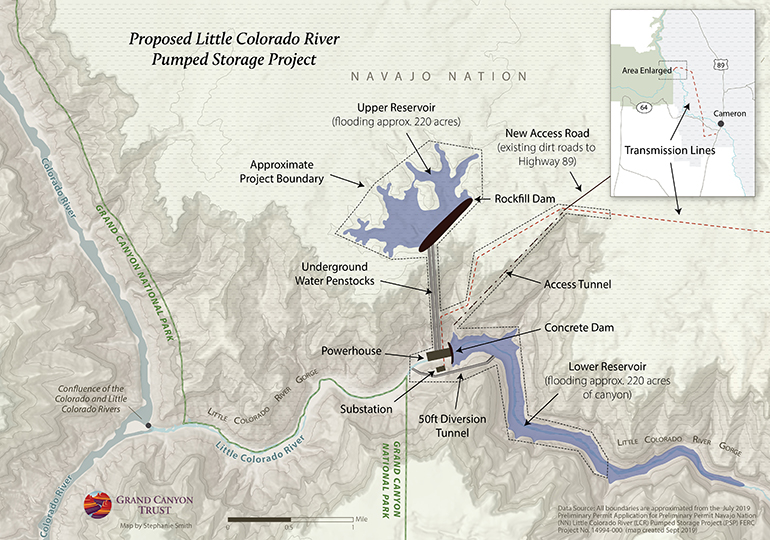
Little Colorado River Project
Less than a half mile from Grand Canyon National Park, this project included two dams. It appeared that the project’s lower reservoir would leave a Hopi sacred site underwater.
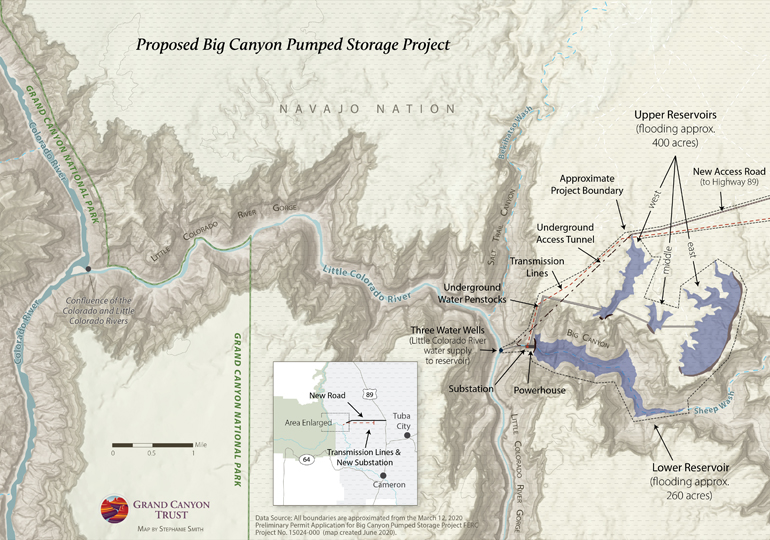
Big Canyon Project
Also on Navajo Nation land near the confluence of the Colorado and Little Colorado rivers, this proposal included four dams on and above Big Canyon, a tributary to the Little Colorado River.
The confluence of the Colorado and Little Colorado rivers is culturally significant to many Native peoples in the region.
These proposed dam projects, like the not-so-distant failed Escalade tramway, threatened to disrupt the spiritual and cultural practices of people who have called the Grand Canyon home since time immemorial. One of the projects (the Little Colorado River Pumped Storage Project), would have flooded a Hopi sacred site, a place where the Hopi people believe they emerged into this world.
Fly over the Little Colorado River with EcoFlight
The cultural significance of the Little Colorado River
Fly over the Little Colorado River as Lyle Balenquah — archaeologist, river and hiking guide, and member of the Hopi Tribe — and William LongReed — citizen of the Navajo Nation Bodaway/Gap Chapter — explain the cultural and spiritual significance of the area.
“This whole region … is culturally important. There are various shrines located in this area that Hopi people still visit to this day.”
Lyle Balenquah
Hopi
What’s the status of the dams?
The Federal Energy Regulatory Commission (FERC) cancelled the preliminary permits for the Salt Trail Canyon and Little Colorado River projects in December 2022 after the developer asked to surrender those permits.
In April 2024, FERC denied the proposed Big Canyon Dam, citing the Navajo Nation’s opposition.
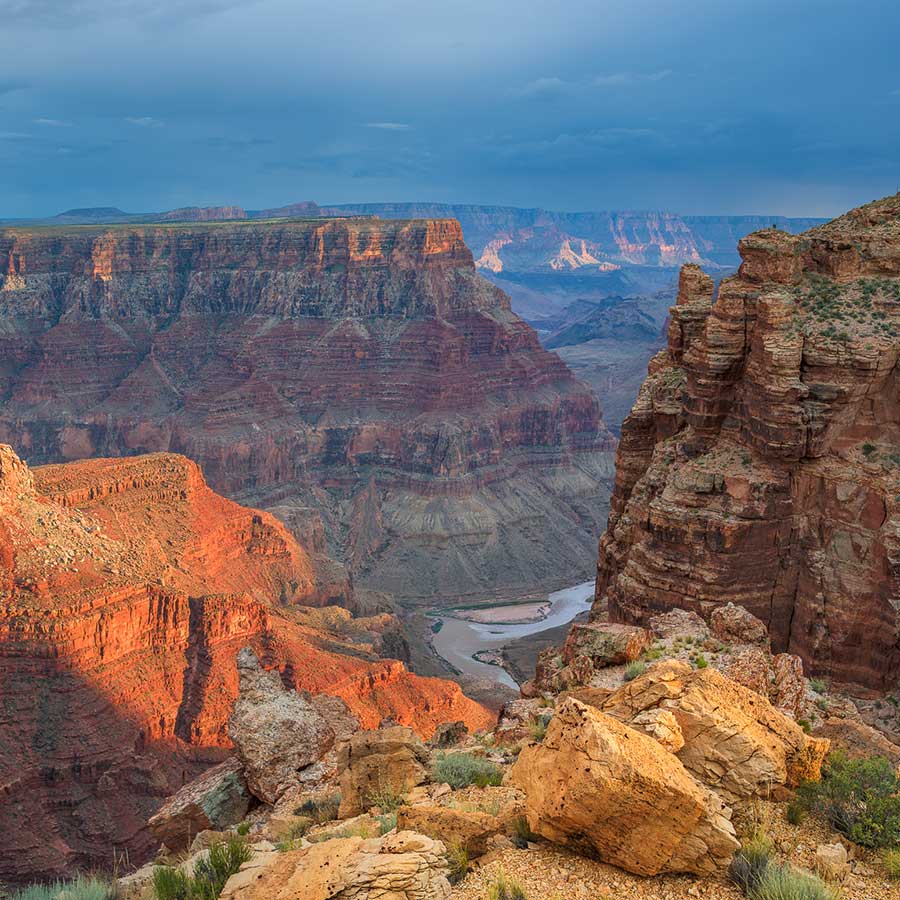
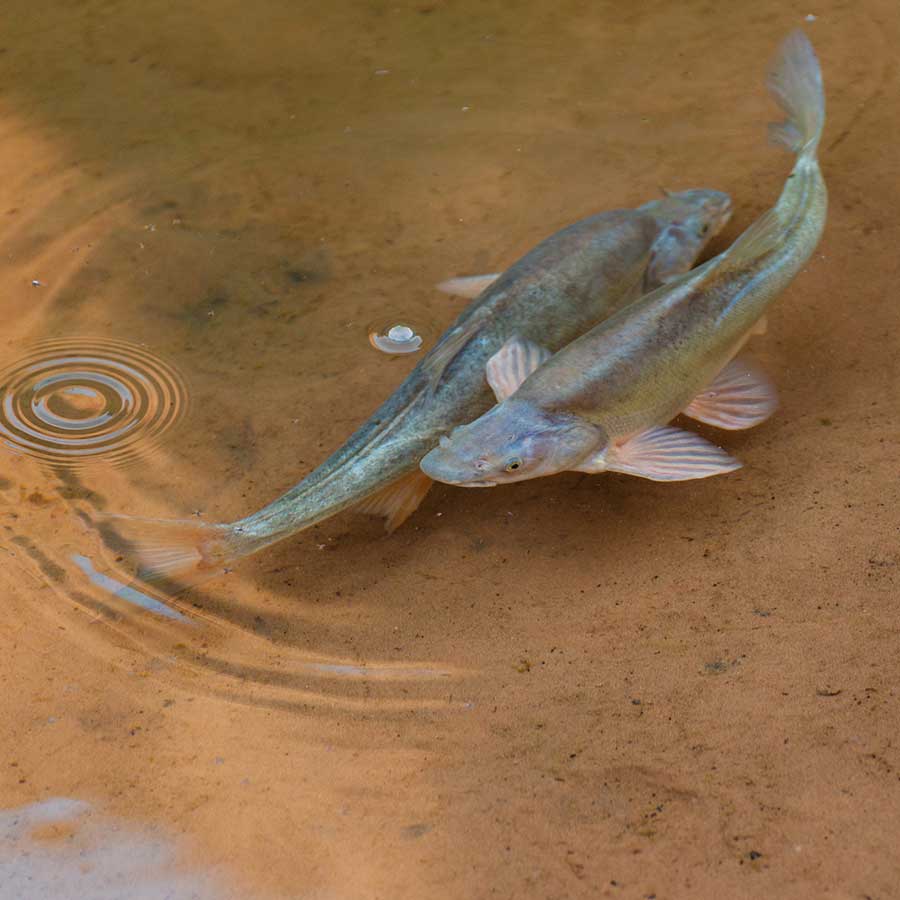
An issue of tribal sovereignty
From mines, to tourist developments, to proposed dams, profiteers have been trying to make a buck off the canyon since the 1800s.
The company behind these proposed hydroelectric projects claimed they’d bring billions in investment to stimulate jobs and growth. But the Navajo Nation, on whose lands the projects would be built, and other tribes with cultural ties to the area, strongly opposed the dams.
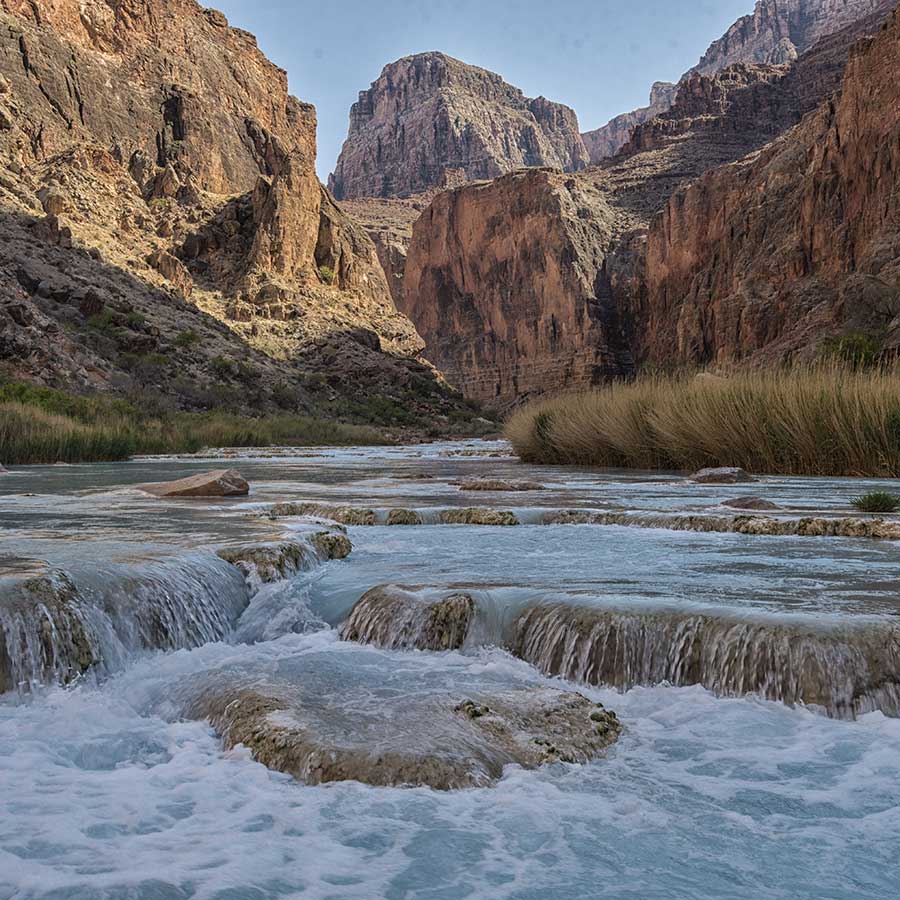
A federal policy now requires tribal consent for dams on tribal lands
In February 2024, the Federal Energy Regulatory Commission (FERC) announced it will not issue preliminary permits for projects on tribal lands, “if the tribe on whose lands the project is to be located opposes the project.”
See a list of FERC permit denials for hydropower projects on tribal lands
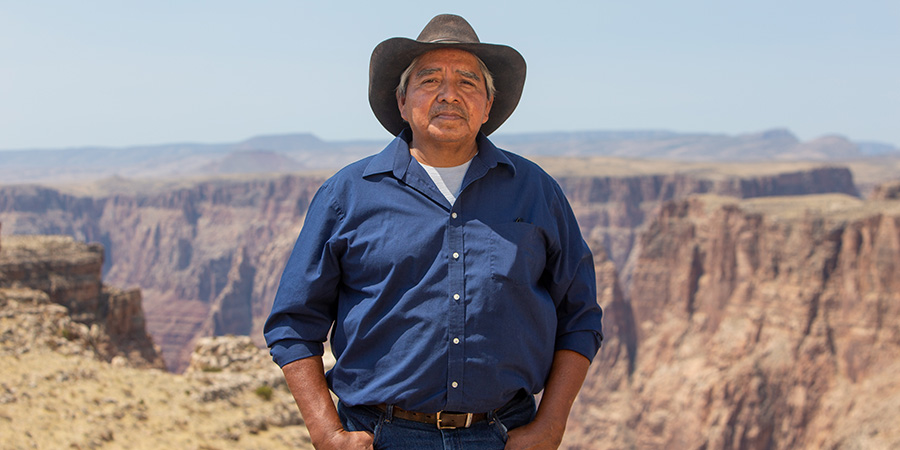
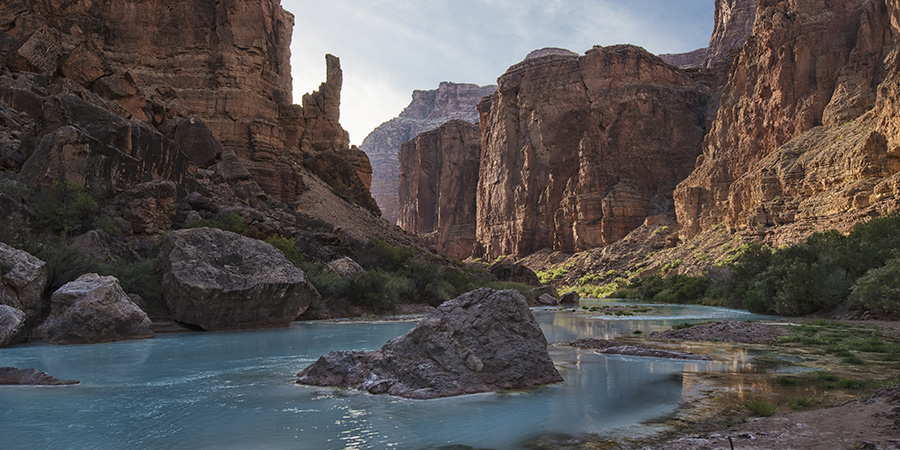
Learn about the proposed Salt Trail Canyon Pumped Storage Project and Little Colorado River Pumped Storage Project.
Learn about the proposed Big Canyon Pumped Storage Project.
The Federal Energy Regulatory Commission issues preliminary permits for the Little Colorado River Pumped Storage Project and the Salt Trail Canyon Pumped Storage Project.
The Federal Energy Regulatory Commission accepts the developer's application to dam Big Canyon.
The developer, Pumped Hydro Storage LLC, cites strong opposition from the Navajo Nation, environmentalists, and others, as well as investment risks, as reasons for surrendering its permits for the Salt Trail Canyon and Little Colorado River projects.
Read about the Federal Energy Regulatory Commission's new policy on the blog
The Federal Energy Regulatory Commission struck down the plan to dam Big Canyon, reaffirming its commitment not to issue permits for hydropower projects on tribal lands without tribal consent.
Grand Canyon blog

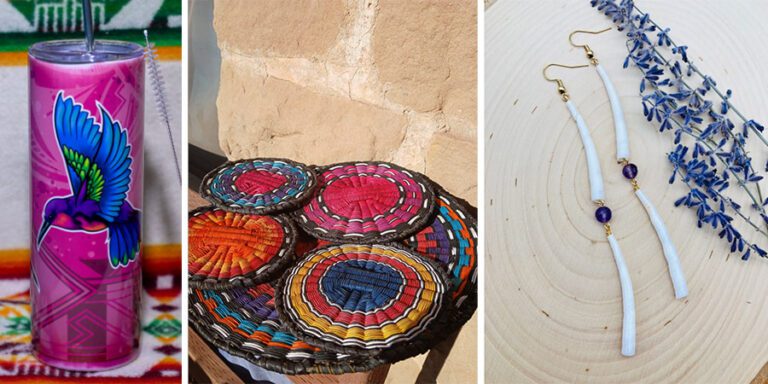
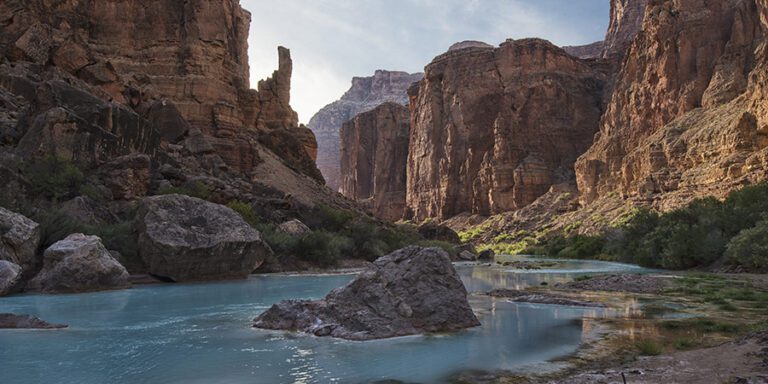
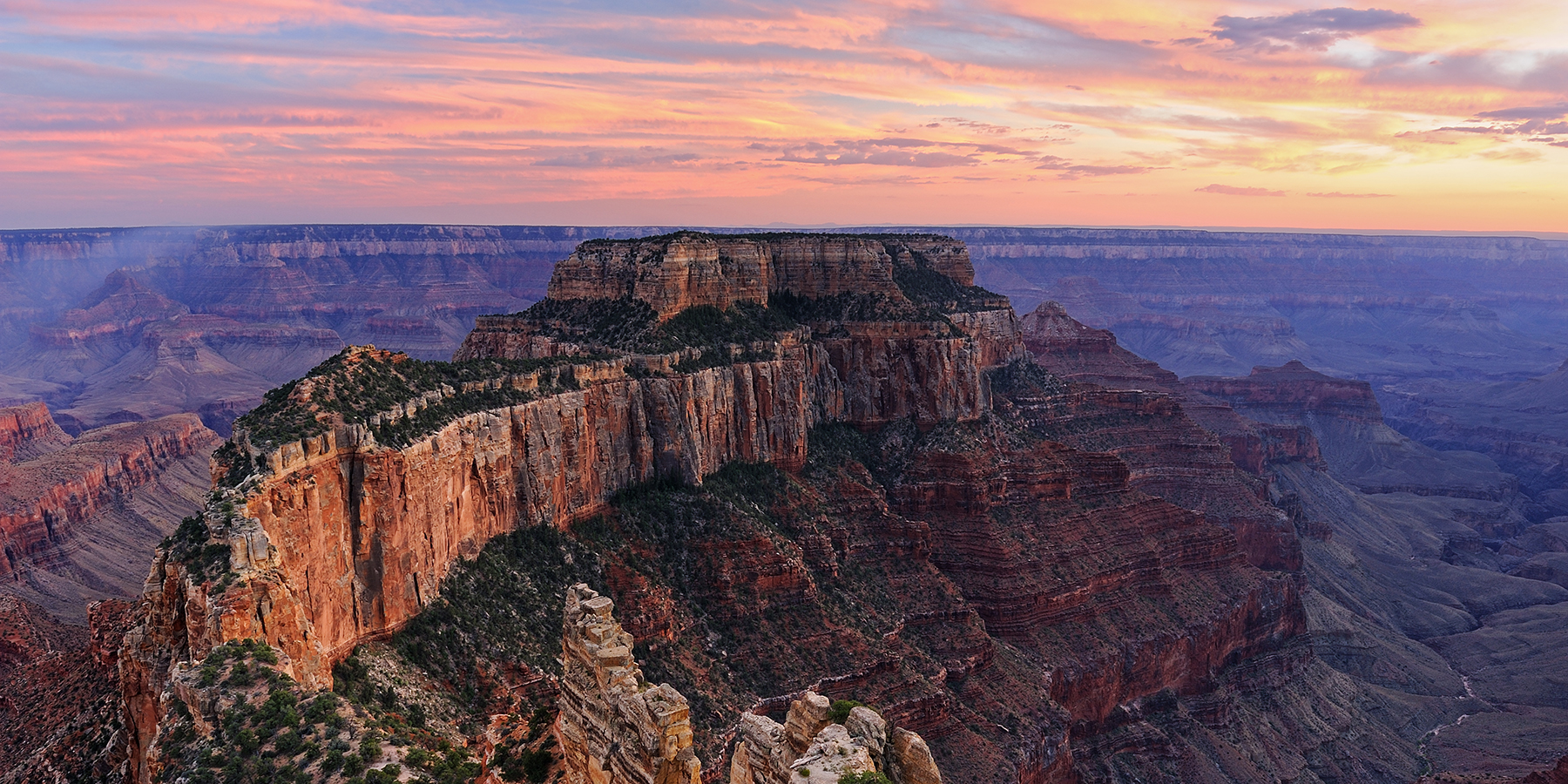
Grand Canyon Conservation Support the Trust and protect the Grand Canyon
Your donation funds on-the-ground conservation efforts and advocacy work.

